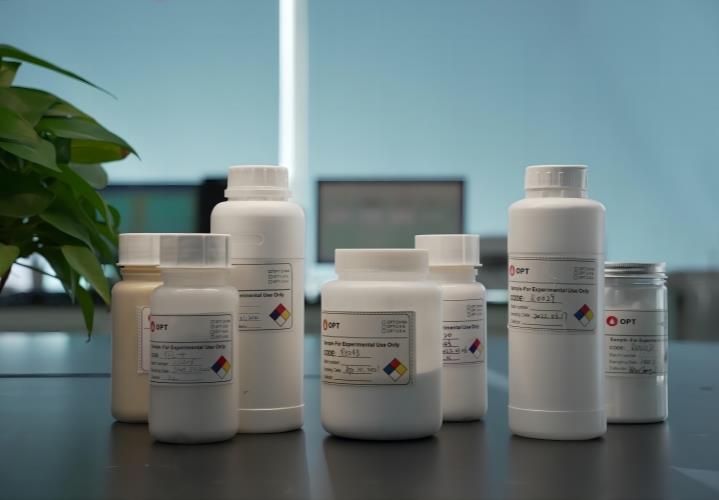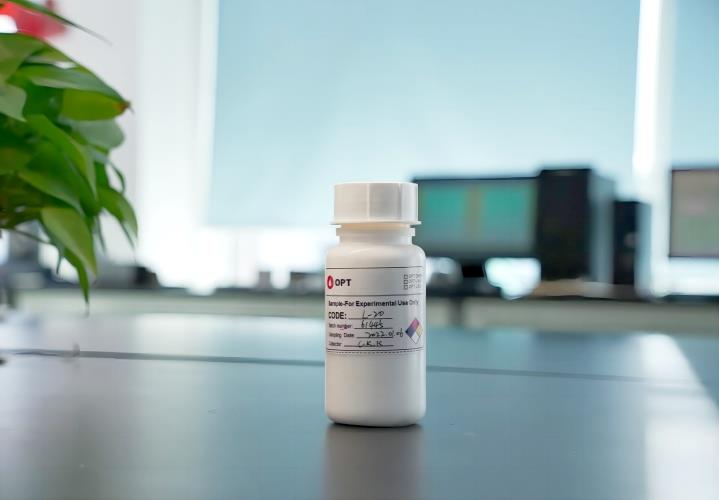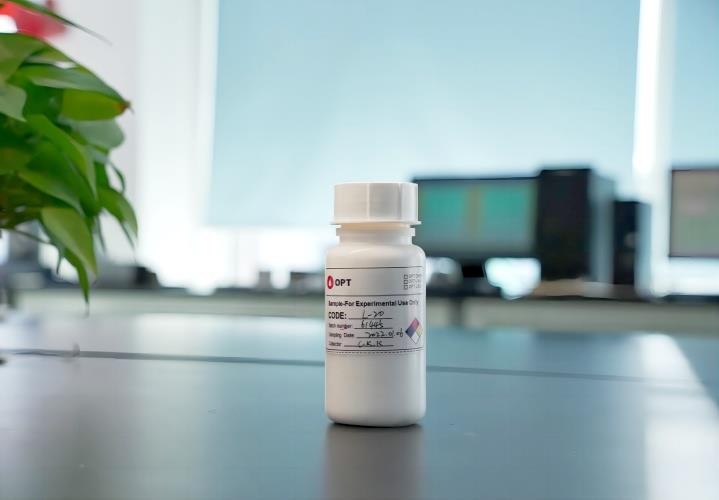Typical Properties and Field Applications
SurFrac technology was commercialized in 2012 successfully and has been applied in various oil and gas fields in the world. It has been proved to be effective in treatment of tight sandstone reservoirs with the following conditions:
|
Temperature: |
BHST 65-275℉ (18-135℃) |
|
Typical gel loading: |
3-10 vol.% |
|
Mix-water: |
Fresh or salt water, seawater, heavy brines |
Further information about field applications is described in documented “Case History of SurFrac Technology”.
Typical properties of SurFrac fluids are shown in the following Table and Figures.
Properties of Typical Fracturing Fluids at the Same Testing Conditions
|
Fluid |
Borate X-linked Guar |
SurFrac |
|
Leak-off Coefficient Ct, ml/(inch2 × min1/2) |
0.08 | 0.37 |
|
Retained Permeability, % |
28 | 62 |
|
Retained Conductivity, % |
36 | 82 |
|
Friction pressure |
- |
About 50% less than X-linked guar |
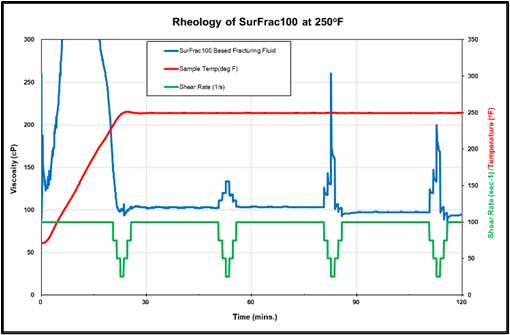
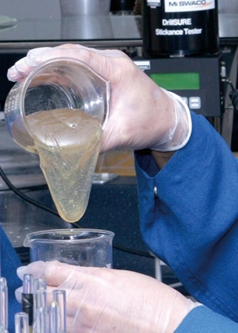
Precautions and HSE Considerations
Surfactant gelling agent KHF041 in SurFrac
systems play the most important role in treatment effectiveness. In addition, clay
stabilizer (KHF002, KHF002L and KHF002C) and mutual solvent (KHF017) are
generally used in SurFrac systems for better fluid performance.
The laboratory procedures, quality assurance
program and guidelines for field mixing and handling of SurFrac systems are
described in SurFrac fluid manual.
Refer to the technical sheet and SDS of the
respective product for the health, safety and environmental information of each
product.


